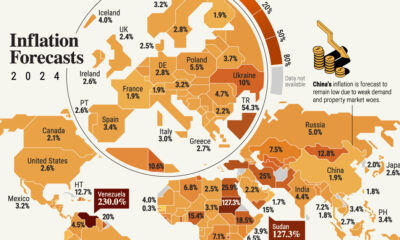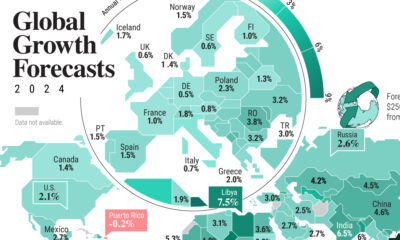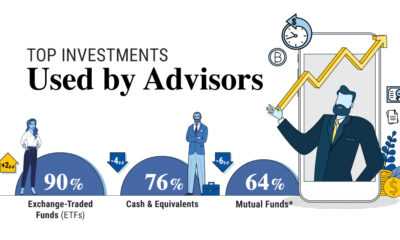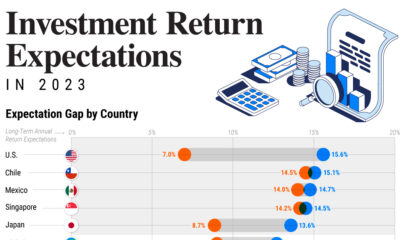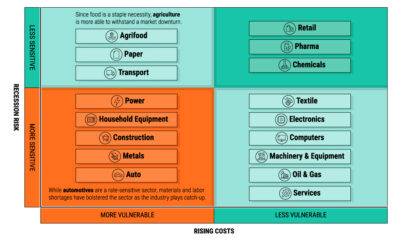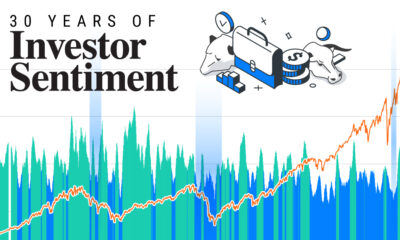This infographic is available as a poster.
Are Historical Mortgage Rates and House Prices Related?
Mortgage rates are rising at their fastest pace in at least 30 years. As mortgage rates climb, it becomes more expensive to finance a home purchase. This leaves many homebuyers with lower budgets. Could house prices drop as a result?
In this Markets in a Minute from New York Life Investments, we explore the relationship between historical mortgage rates and housing prices over the last 30 years. It’s the last in a three-part series on house prices.
Historical Mortgage Rates vs Housing Prices
To compare trends in historical mortgage rates and housing prices over time, we calculated year-over-year percentage changes. We used monthly data spanning from January 1992 to June 2022. Here’s a summary of movements over that timeframe.
| Scenario | # of Months |
| Mortgage Rate Decline, House Price Growth | 193 |
| Mortgage Rate Growth, House Price Growth | 117 |
| Mortgage Rate Decline, House Price Decline | 49 |
| Mortgage Rate Growth, House Price Decline | 6 |
November 2006 has been excluded from the above tally as year-over-year mortgage rate growth was 0.0% at that time.
Mortgage rates and house prices have a weak positive correlation of 0.26. This means that when mortgage rates increase, house prices typically also increase. What could be contributing to this trend? Mortgage rate increases are associated with periods when the Federal Reserve is raising its policy rate in response to inflation that is higher than desired. Often, this coincides with strong economic growth, low unemployment, and rising wages, which can all strengthen home prices.
Over the last 30 years, it was quite rare for mortgage rates to rise while house prices simultaneously dropped. This only occurred in the early stages of the Global Financial Crisis and during the recovery.
| Date | Mortgage Rate YoY Change | House Price YoY Change |
| Aug 2007 | 0.8% | -0.6% |
| Oct 2007 | 1.1% | -1.9% |
| Jan 2010 | 1.6% | -2.9% |
| Apr 2010 | 6.3% | -1.5% |
| May 2010 | 3.3% | -1.4% |
| Jul 2011 | 0.4% | -3.8% |
While mortgage rates saw some upward movement in the wake of the Global Financial Crisis, it took the housing market longer to recover. In fact, housing prices didn’t see a positive year-over-year change until March 2012.
Is There a Lag Effect?
A change in mortgage rates may not be immediately reflected in housing prices. To test whether there was a lag effect, we also explored the relationship between historical mortgage rates and housing prices two years later.* For instance, we compared the annual percentage change in mortgage rates in 2020 to housing price growth in 2022.
Here’s what the data looked like with this two year lag of housing price growth.
| Scenario | # of Months |
| Mortgage Rate Decline, House Price Growth | 190 |
| Mortgage Rate Growth, House Price Growth | 97 |
| Mortgage Rate Decline, House Price Decline | 37 |
| Mortgage Rate Growth, House Price Decline | 17 |
*We tested for a lag effect using house prices six months later, one year later, two years later, and three years later. The data using house prices 6 months later and three years later revealed no correlation between mortgage rates and housing prices. The data using house prices one year later revealed the same correlation as using house price data from two years later. November 2006 has been excluded from the above tally as year-over-year mortgage rate growth was 0.0% at that time.
The pattern was similar, albeit with a slightly negative correlation of -0.15. In other words, mortgage rates and house prices tended to move in opposite directions.
For example, this occurred in 2020 when mortgage rates were dropping and the Federal Reserve had not yet begun to raise its policy rate. Two years later in 2022, house prices were seeing record high levels of growth amid strong demand and low supply.
Compared to our first analysis above, there were also more instances where mortgage rates increased and house prices decreased. This activity all related to mortgage rates rising from 2005-2007 amid inflation concerns, with housing prices crashing in the following years due to subprime mortgages and the Global Financial Crisis.
Historical Mortgage Rates: One Piece of the Puzzle
Could the current rising mortgage rates cause housing prices to drop? In the last 30 years, there is no historical precedent for this apart from the Global Financial Crisis. Of course, subprime mortgages—mortgages to people with impaired credit scores—contributed to the housing market collapse at that time.
While researchers believe it’s unlikely housing price growth will turn negative, the pace of growth is slowing down. We can see this in the below chart showing trends between historical mortgage rates and housing prices over time.
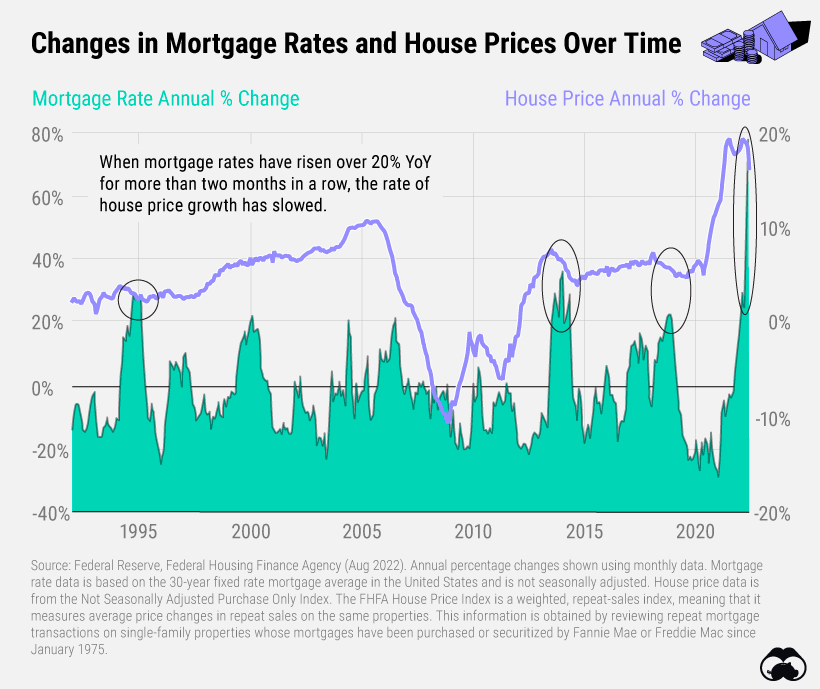
Historically, a slowdown in house price growth has occurred when mortgage rates increase rapidly. Since 1992, there have been four instances when mortgage rates rose over 20% year-over-year for more than two months in a row. Each of them has been accompanied by a deceleration in house price growth.
| Time Period | House Price YoY Change at Start | House Price YoY Change at End |
| Sep 1994-Feb 1995 | 3.1% | 2.9% |
| Aug 2013-May 2014 | 7.2% | 4.7% |
| Sep 2018-Dec 2018 | 5.8% | 5.5% |
| Jan 2022-Jun 2022 | 18.4% | 16.2% |
Note: House price data only available until June 2022 and does not reflect any fluctuations since that time.
In the first half of 2022, house price growth slowed by over two percentage points. However, it’s important to keep in mind that while mortgage rates and affordability can play a role in the housing market, there are other factors at play. The current market is buoyed by high demand as millennials reach their prime home buying years, coupled with a housing supply shortage.

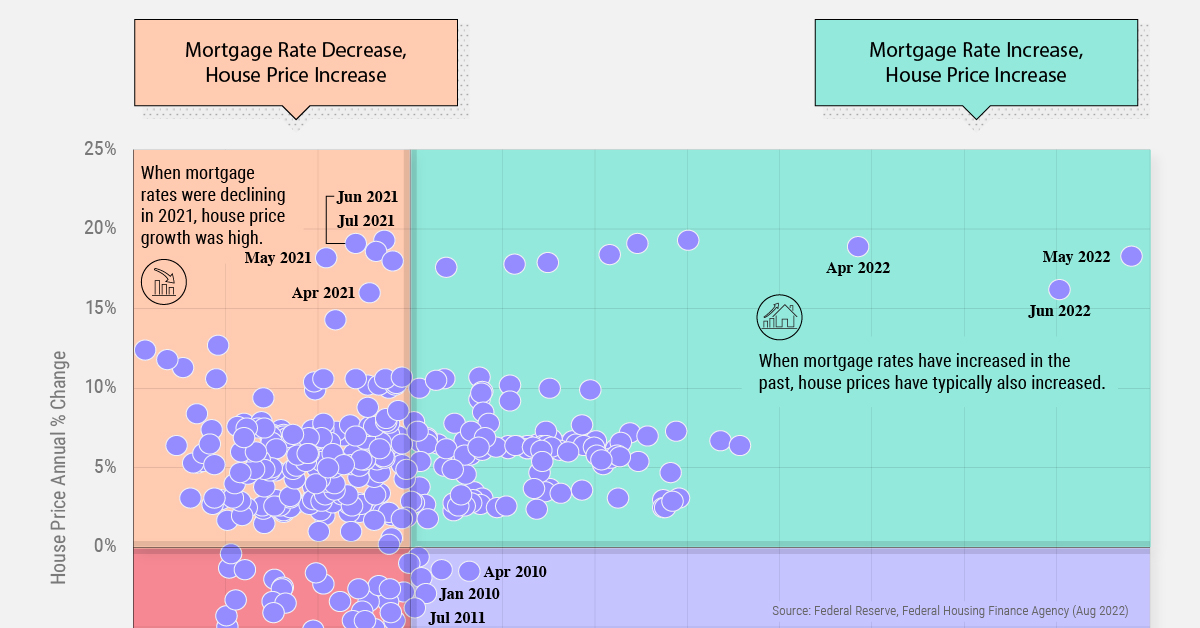
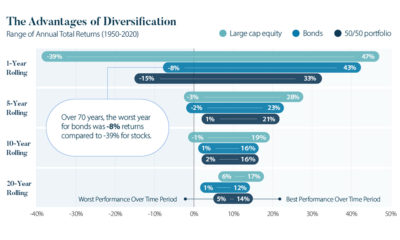
 Infographics2 years ago
Infographics2 years ago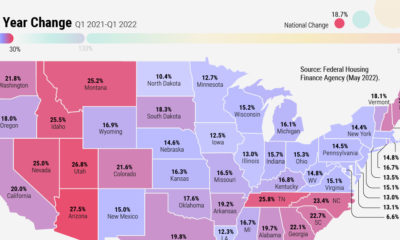
 Markets in a Minute2 years ago
Markets in a Minute2 years ago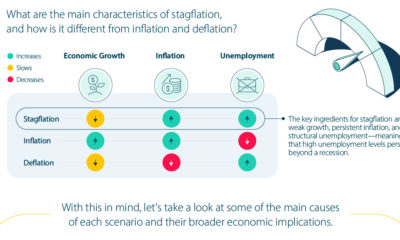
 Infographics2 years ago
Infographics2 years ago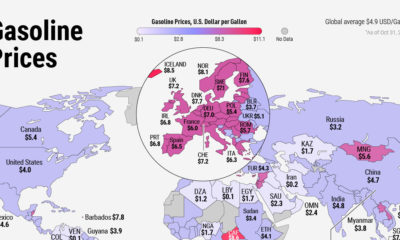
 Markets in a Minute1 year ago
Markets in a Minute1 year ago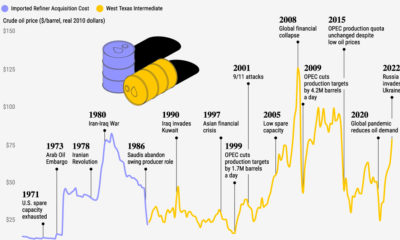
 Markets in a Minute2 years ago
Markets in a Minute2 years ago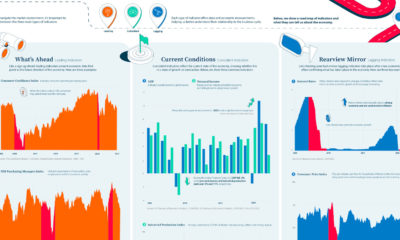
 Infographics1 year ago
Infographics1 year ago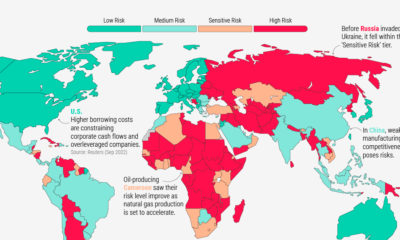
 Markets in a Minute2 years ago
Markets in a Minute2 years ago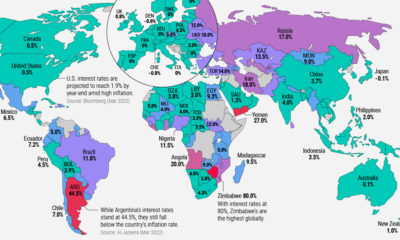
 Markets in a Minute2 years ago
Markets in a Minute2 years ago







